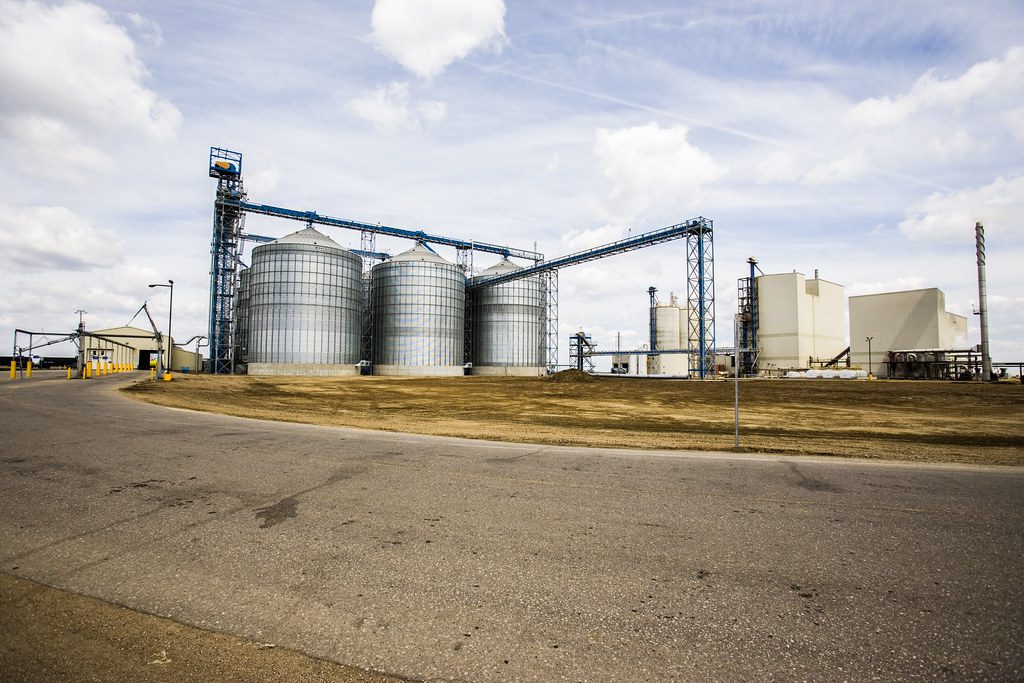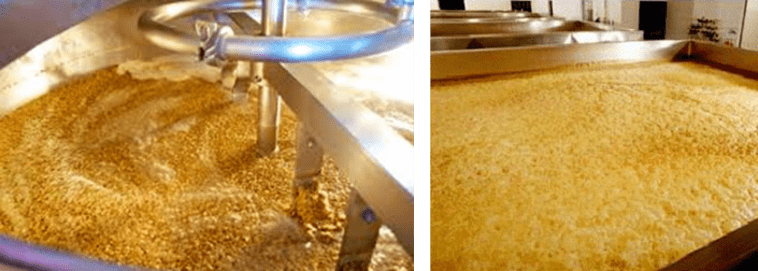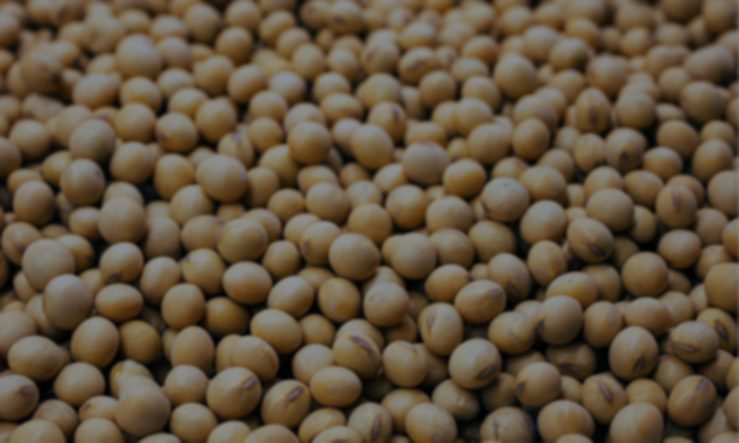Responsible Handling of Treated Seed

By Kayla Weaver
From outside the industry, seed treatments might just look like a fun way to color code your seeds, but a farmer knows seed treatments are an effective tool to provide an emerging crop with protection from insects and diseases in the soil that may prove detrimental to seedlings. These colorful coatings allow the plants to get a solid start which serves as the foundation for a strong crop in the fall. However, handled improperly, treated seed can easily become a source of concern for grain contamination, environmental stewardship and personal safety for those handling the seed as well as those who apply the treatments.
When spring planting wraps up and the focus shifts to another important task such as handling livestock or baling hay, it’s easy to park equipment in a storage shed with the intention of cleaning it out when things slow down. However, with a busy schedule, that to-do item may be postponed until forgotten, and then all of sudden its harvest time and those same wagons that had been used for treated seed in the spring are hauling grain to the elevator with remains of treated seed still lingering in the corners.
When those treated seeds surface in the probed sample the load can be rejected, but if the load is already being dumped it may now be the entire commercial bin that is contaminated, and the grower may be on the hook.
The rules aren’t new, but according to Chris Henney, President and CEO of the Ohio Agribusiness Association (OABA), contamination and improper handling are issues that continue to arise on occasion and with members from both the seed and grain handling side of the industry, OABA believes it’s an issue worth reviewing.
When looking at grain contamination from treated seed, the Ohio Revised Code reads:
ORC 926.31(E)(1)
(E) No person shall offer for sale or storage any agricultural commodity that is:
(1) Treated with any poisonous material or that contains rodent excreta or any other material in such amounts as to render the commodity unfit for animal or human consumption.
“We understand a majority of these incidents are unintentional; farmers get busy and corners get cut,” said Henney. “We work with our members to help them communicate best practices for treated seed to their customers. Contaminated grain is not just financially damaging for the elevator, but being part of the Ohio Revised Code, it is illegal as well.”
Proper handling is important for the agriculture industry as a whole to prevent recurring issues that could lead to additional regulations on use of seed treatments and limit use.
“It’s important to be good stewards, whether that means cleaning out wagons and trucks to prevent contamination or properly handling spills or exposure of dust to pollinators and their habitats,” said Henney.
OABA aids in communication for their members with “zero-tolerance” signs that can be posted to remind producers of the importance of proper practices and additional resources from the America Seed Trade Association (ASTA) and other industry stakeholders.
While it is important equipment that has been used for treated seed should be thoroughly cleaned out after use or before being used to transport grain, there are many other principles of good stewardship with treated seed.
Basic guidelines for farmers include:
- Follow label directions for proper handling and storage practices for a pesticide treated product.
- Be aware of wind direction and speed as well as the presence of foraging pollinators, hive locations, flowering habitats including weeds and other plants at field edges or nearby.
- Properly dispose of treated seed and empty seed containers.
- Ensure no treated seed enters the commodity grain channels.
Seed Treatment Applicators are encouraged to:
- Comply with all regulations for registered pesticide products and ensure proper employee training.
- Establish written application protocols using best practices to ensure high quality seed treatment application to minimize dust-off.
- Adopt stewardship documentation for the full life-cycle of seed treatment products.
- Properly discard of treatment, treated seed and rinse water to minimize environmental impact.
- Ensure that all required and pertinent seed treatment information is conveyed to customers through product labels and education.
Anyone who handles seed directly should be using personal protection equipment including full coverage clothing and shoes, chemical resistant gloves and any additional items indicated by seed tags or equipment manufacturers. When transferring seed, exposure to dust can be avoided by noting wind speed and direction.
Treated seed should be protected from direct sunlight, extreme heat and moisture. Spills should be cleaned up immediately with minimized exposure to people, livestock, wildlife and the environment. Compressed air should be avoided for cleaning as it contributes to dust drifting. Rinse water should not be dumped on soil, surface water, ground water or in septic systems.
Excess treated seed can be returned to original containers if being used for subsequent planting or planted in fallow ground or double planted in turn rows or a portion of the field. Larger quantities of treated seed should be handled by an EPA permitted disposal facility.
The complete Guide to Seed Treatment Stewardship: Handling, Planting and Disposal of Treated Seed, and it’s many related links can be found at: https://seed-treatment-guide.com/ resources/for-farmers/

